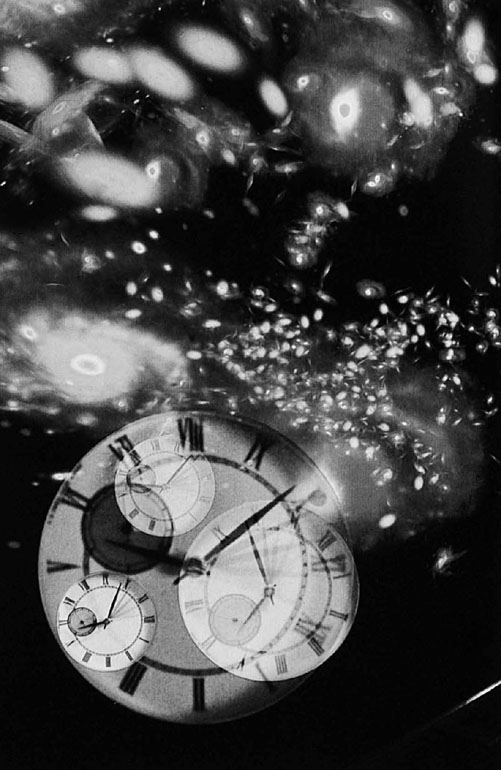A Philosophy of Education for The Contemporary Youth - Let us Understand the Contemporary Youth

Let us Understand the
Contemporary Youth
The youth is the central propelling force of the future, the future which promises to be radically different in regard to both content and direction. Whether we acknowledge it or not, this Future is in the making, and the contemporary youth is alive to it, consciously or unconsciously. The unrest of the contemporary youth has, therefore, a meaning; his demands are significant, and his needs and aspirations are a call for a new dream and a new realization. We must respond to him with a deep understanding.
Education, formal or non-formal, is the real centre of the preoccupations of the youth, just as the youth, in the school or outside the school, is the real centre of the preoccupations of education. The youth lives by the light that education can provide, and the constant theme of education is to kindle the light in the heart of the youth.
Youth unrest has, therefore, a meaning and significance which is of central relevance to education. Unfortunately, when we think of youth welfare we usually think merely of what are termed ‘extra-curricular’ activities. We do not realize sufficiently that the health of the youth, his joy and welfare are inextricably woven with what is happening to him when he is listening to lectures in the classroom or when he is taking examinations. We allow these so-called ‘curricular’ or ‘academic’ activities to continue as they are, and aim at doing ‘something’ for the youth outside the portals of learning. Then we wonder why our youth does not respond to such efforts.
The division of ‘curricular’ and ‘extra-curricular’ is an artificial one; the learning process is a continuing and integral process, and we need to attend to all the needs and demands of the youth. We need to create an integrated and all-embracing system which harmoniously inter-relates all his activities, in which he can breathe freely and grow without the restraint of fear.
Indian youth, in particular, face the fear and threat of unemployment, and the problems of poverty, injustice and ignorance pain them. It may not be easy to solve these problems but we must all work progressively towards a satisfying solution. We are confronted in India with the painful fact that, out of a large number of youths, many are still illiterate or semi-literate. The deep demands of the Indian youth are, therefore, hardly articulate.
The youth in the villages of India are close to nature, rugged, smiling; in their heart, they are intimate with the springs of hope and life. Their aspirations are healthy, and they have shown a remarkable capacity to absorb new methods of agriculture and the use of technology; but they still need to be educated, and we have to fulfill our duty to them in terms of equalization of opportunity and social justice. At the same time, we need to be extremely careful to see that in the process of educating them, we do not rob them of their innate capacity for intimate communion and friendship with nature. Modernization of the rural youth should not lead to their alienation from their village and their people.
There is another painful fact which we need to note. There exist today tremendous attractions which draw our youth towards vices like indulgence, idle cynicism, political competitiveness, selfish commercialism and destructiveness. Winds of change are blowing everywhere, and there is a tempest of unrest. New philosophies are being formulated, and not all of them are idealistic. Music, literature, art and wealth are being put at the disposal of the means to provide vulgar excitement, and indulgence is sought to be propagated and justified in various ways, often extremely dangerous. A blanket of forces, hostile to genuine progress, overcasts our aspirations, and we feel suffocated and choked.
An enabling factor in our struggle against such forces is the fact that the gaze of the contemporary youth extends into the distant horizons of the universe. He has witnessed the launching of space-ships and the meeting of astronauts and cosmonauts in the endless expansion of open heavens.

To him the earth is a planet seen from afar and from above. In his ideal vision of himself, he is a voyager of Space and Time, and a neighbour of the Moon and Jupiter.
The modern youth is an internationalist and lover of Science. To his inborn sense of idealism, the divisions of the world, political blocks of humanity, discrimination of religion, race and colour are unreal—they are falsehoods.
He craves for a world which is one and united in harmony. In his deep reflective moods, he gives serious and detailed thought to alternative models of social organization and the means of achieving them. For the time being, he prefers one to the other, but he is not slow to admit that only a synthesis of the virtues of each model would prove to be the right solution.
He shudders at the idea of selfish competitiveness as the basis of the rational society; at the same time, he cannot accept the deification of the State that crushes variety and individuality. He is looking for a better solution. In his quest, at the level of his deepest thoughts, he begins to perceive that the new world demands a new man—and he turns more deeply within himself. The message of this inner quest is clear:
‘You cannot effect any change in others unless you have effected it in yourself. You cannot give good advice to another, unless you have given it to yourself and practised it yourself. The best way of solving the difficulties of the world is to solve them first in oneself. The qualities and virtues that you want others to have, you must develop first in yourself. You will then know the secret of the transformation of the world.’
The effort that is implied in this message is herculean, and, in spite of his willingness, the youth is often unable to make the necessary effort. Nonetheless, he continues to strive and struggle, and calls out for help in his search. He sets out to discover the right aim of life, the right aim of education, the evasive secret of learning and the ever-progressive means of fulfillment. In brief, he is seeking a Philosophy of Education relevant to his needs and aspirations.

Related Books
- A Philosophy of Education for The Contemporary Youth
- A Philosophy of Evolution for The Contemporary Man
- A Philosophy of The Role of The Contemporary Teacher
- Philosophy and Yoga of Sri Aurobindo and other Essays
- Philosophy of Indian Pedagogy
- Philosophy of Value-Oriented Education -Theory and Practice